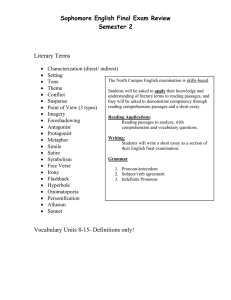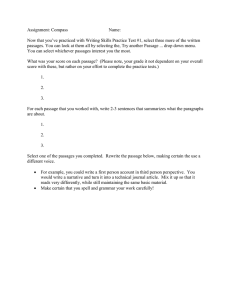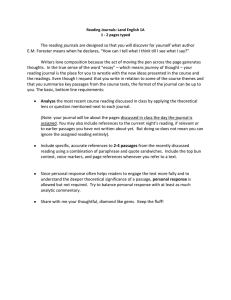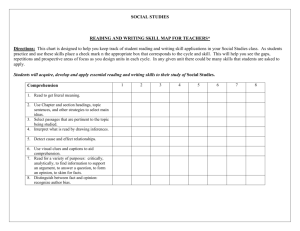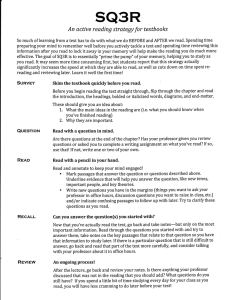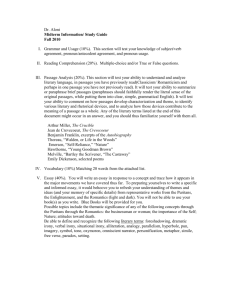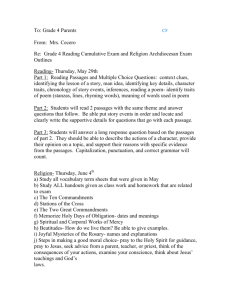MA Exam Construction Guidelines
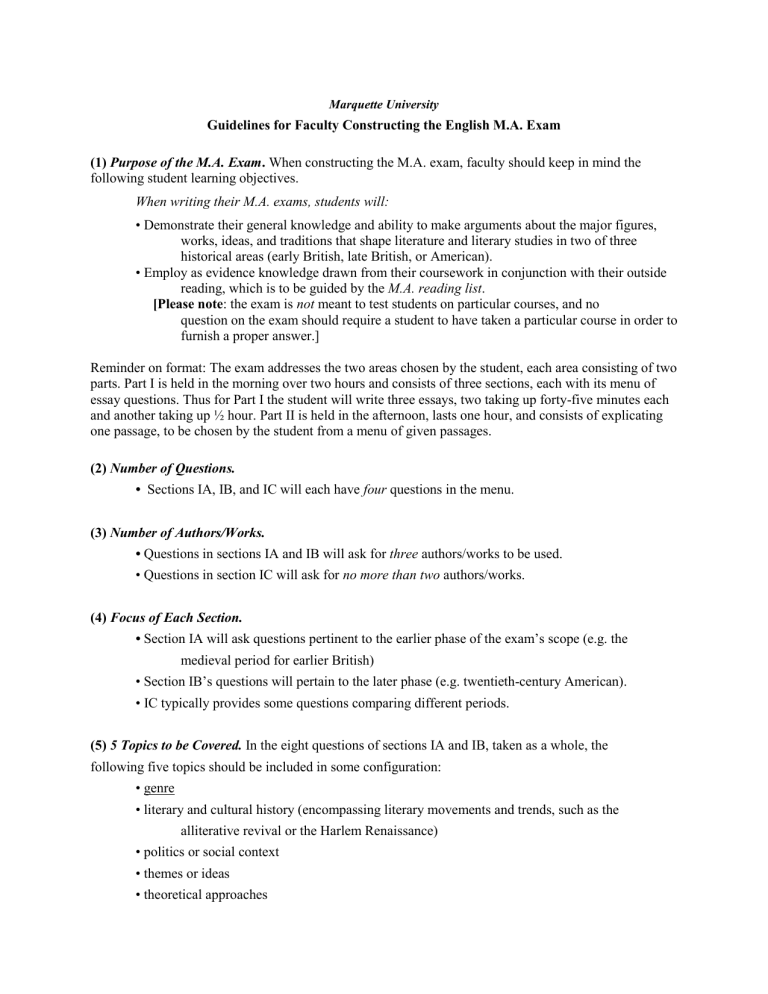
Marquette University
Guidelines for Faculty Constructing the English M.A. Exam
(1) Purpose of the M.A. Exam .
When constructing the M.A. exam, faculty should keep in mind the following student learning objectives.
When writing their M.A. exams, students will:
• Demonstrate their general knowledge and ability to make arguments about the major figures, works, ideas, and traditions that shape literature and literary studies in two of three historical areas (early British, late British, or American).
• Employ as evidence knowledge drawn from their coursework in conjunction with their outside reading, which is to be guided by the M.A. reading list .
[Please note : the exam is not meant to test students on particular courses, and no question on the exam should require a student to have taken a particular course in order to furnish a proper answer.]
Reminder on format: The exam addresses the two areas chosen by the student, each area consisting of two parts. Part I is held in the morning over two hours and consists of three sections, each with its menu of essay questions. Thus for Part I the student will write three essays, two taking up forty-five minutes each and another taking up ½ hour. Part II is held in the afternoon, lasts one hour, and consists of explicating one passage, to be chosen by the student from a menu of given passages.
(2) Number of Questions.
• Sections IA, IB, and IC will each have four questions in the menu.
(3) Number of Authors/Works.
• Questions in sections IA and IB will ask for three authors/works to be used.
• Questions in section IC will ask for no more than two authors/works.
(4) Focus of Each Section.
• Section IA will ask questions pertinent to the earlier phase of the exam’s scope (e.g. the medieval period for earlier British)
• Section IB’s questions will pertain to the later phase (e.g. twentieth-century American).
• IC typically provides some questions comparing different periods.
(5) 5 Topics to be Covered. In the eight questions of sections IA and IB, taken as a whole, the following five topics should be included in some configuration:
• genre
• literary and cultural history (encompassing literary movements and trends, such as the alliterative revival or the Harlem Renaissance)
• politics or social context
• themes or ideas
• theoretical approaches
Guidelines for Construction of the M.A. Exam 2
All topics should appear in some manner in this eight-question menu, though they can be combined and mixed. Above all, examiners should confer with each other and strive for variety in fashioning the questions.
(6) Teaching Questions.
• Questions on how the examinee would teach a certain work will be reserved for section IC.
• There can be only one such question.
(7) Repetition Restrictions.
• The same author/work is not to be treated in two different sections of Part I.
• A passage from an author/work used in Part I may be used in Part II.
(8) Use of the Reading List.
• Whenever an author or work is named in sections IA, IB, and IC, s/he or it needs to be on the reading list.
• Most questions should be constructed so as to afford examinees the opportunity to employ authors/works not on the list (e.g., discuss the idea of fame in Beowulf and two other medieval works, only one of which may be by Chaucer).
• Though most questions in Part I will name at least one author or work, a question does not necessarily need to name any authors or works, and such a question can be answered with authors/works not named on the list.
(9) Use of Passages.
• Part II will have four passages, from different periods, and of different modes—typically two passages will be prose, and two poetry, though (esp. in the case of early British) other configurations are acceptable, so long as there is variety (e.g., there aren’t four lyrics).
• The passages, if they are not self-contained and need to be understood in context (e.g., a passage from a novel or a speech from a play), need to be taken from works named on the reading list.
• Self-contained passages do not need to be works named on the list, but for such passages dates should be given, along with whatever basic information is necessary to reference extratextual concerns (e.g., the poem has an addressee whose identity must be known in order to understand it).
